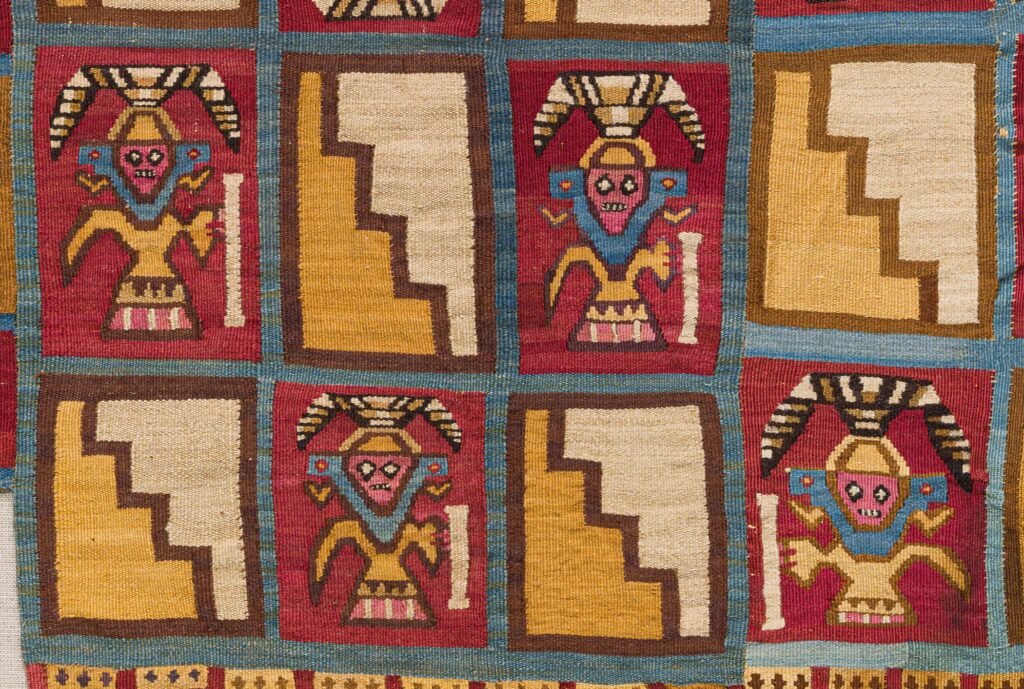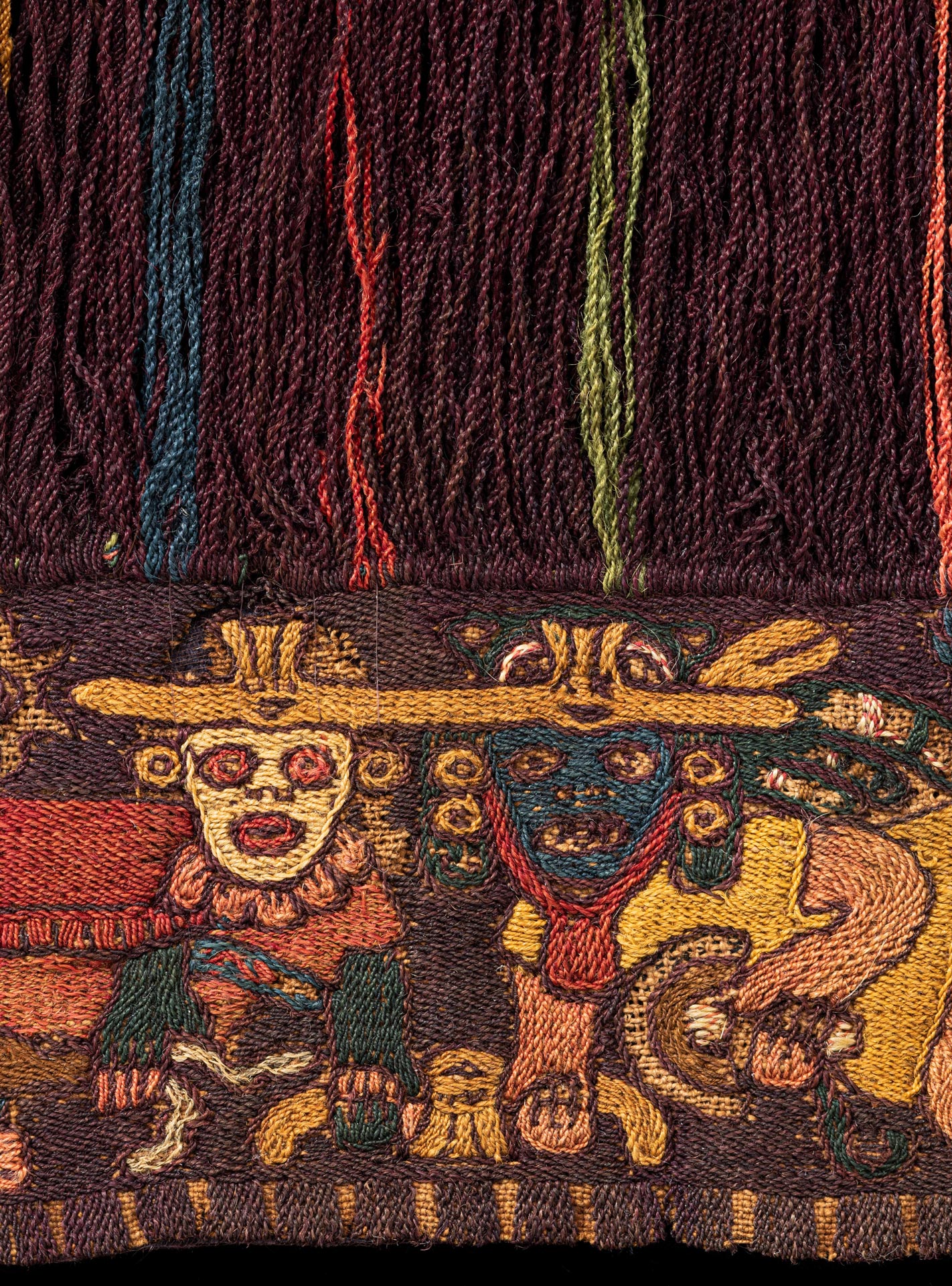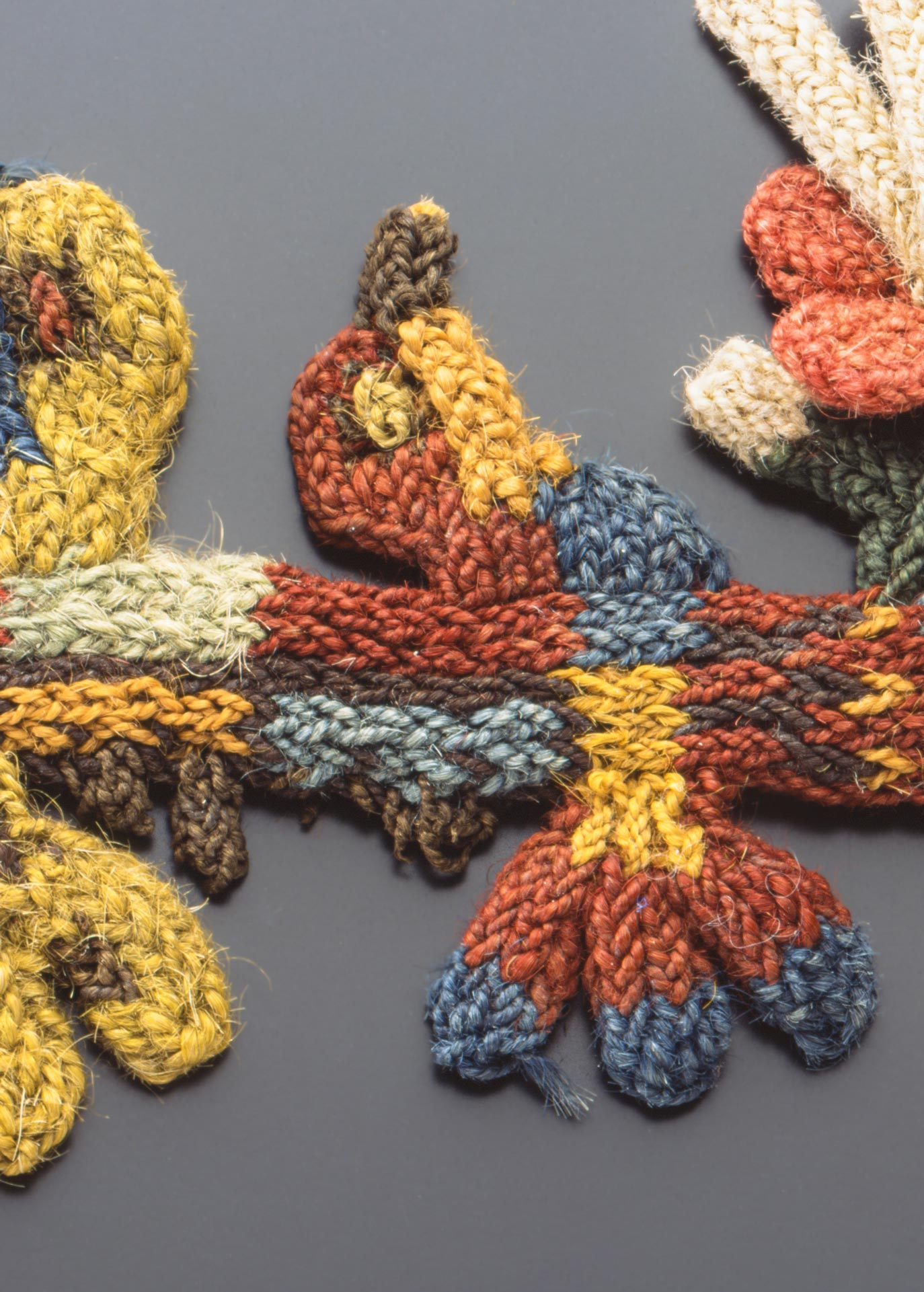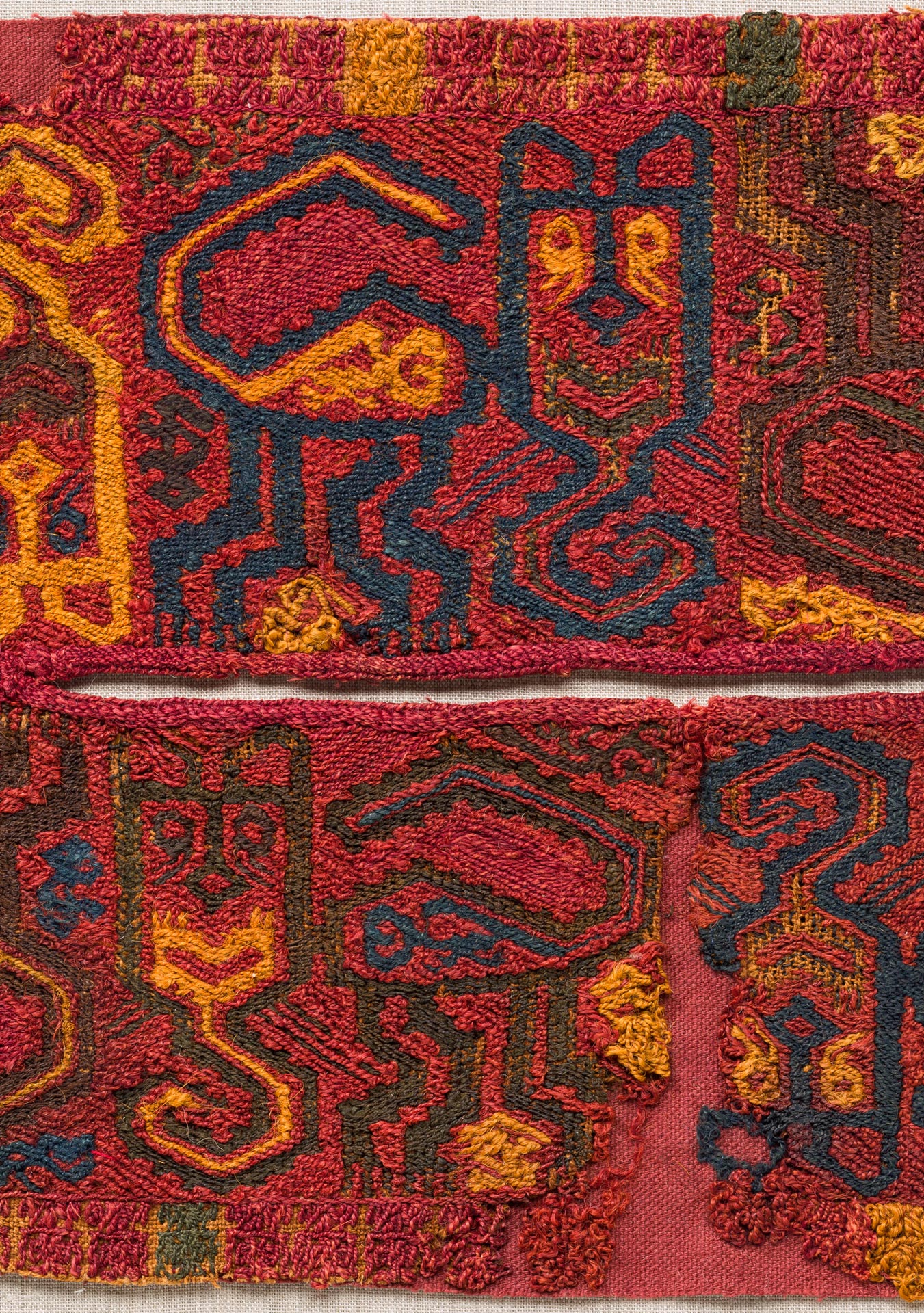Special Exhibition Humans, Beasts, Gods. Textile Treasures from Ancient Peru Exhibition Closed
The Abegg-Stiftung is in possession of a small but revealing collection of textiles from Ancient Peru. The fabrics date from the period between the first century BCE and the sixteenth century. Their motifs reflect the world of the early civilizations of Peru prior to its conquest by the Europeans. They attest to the prominence given to textiles in life as in the death cult of those ancient peoples. Press Release






